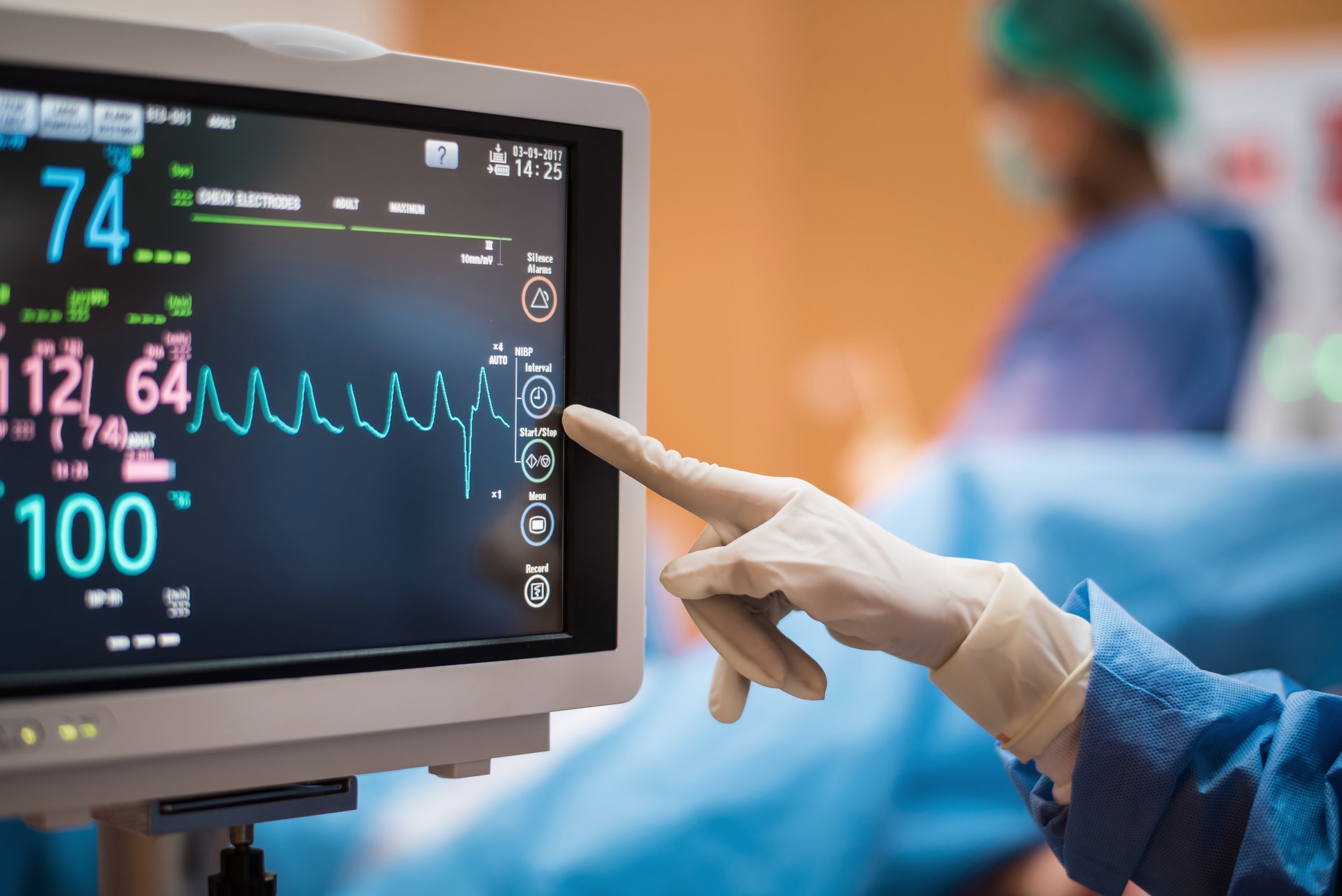ELECTROCARDIOGRAM (ECG/EKG) TECHNICIAN
Clock Hours: 40
Theory 30 hours
Lab 10
Clinical: 00
The 40 hours training will discuss the basic structure and functions of the cardiovascular system, and common cardiac diseases, subjective and objective data, diagnostic tests, how to perform ECG or record the heart’s electrical impulses onto a paper strip. Students will understand the pattern of the signals of the heart to determine normal or abnormal electrical problems. The ECG Technician will administer and document various types of ECG monitoring and will provide appropriate care of the equipment.
Specific Admission Requirements:
1. The prospective student must be at least 17 years of age.
2. A reading comprehension proficiency of at least 10th grade level.
3. A Physical examination, which includes a TB test within the last 12 months
4. Criminal Background Check (to be initiated by school)
5. Copy of health insurance coverage if available
6. Must have a valid social security number
Potential Places of Employment:
The EKG Technician works in physicians’ offices, clinics, hospitals, and diagnostic centers.
Successful graduates are encouraged to obtain a National Certification from the National Health
Career Association. Benefits to obtaining an EKG Certification may include: more job opportunities,
an increased pay scale, job security, and increased subject matter expertise.
Content Outline:
Chapter 1: Anatomy and Physiology
Chapter 2: Basic Electrophysiology
Chapter 3: Sinus Mechanisms
Chapter 4: Atrial Mechanisms
Chapter 5: Junctional Rhythms
Chapter 6: Ventricular Rhythms
Chapter 7: Atrioventricular Blocks
Chapter 8: Pacemaker Rhythms
Chapter 9: Introduction to 12 Lead EKG
Program Objectives/Outcomes:
▪ Student will be able to discuss the basic structure and function of the human heart
▪ Student will be able to discuss basic electrophysiology
▪ Student will be able to understand and recognize atrial rhythms
▪ Student will be able understand and recognize junctional rhythms
▪ Student will be able to understand and recognize ventricular rhythms
▪ Student will be able to understand and recognize heart blocks
▪ Student will be able to understand and recognize pacemaker rhythms
▪ Patient will be able to perform 12 lead ECG and manage ECG monitor
▪ Perform a 12 lead EKG
▪ Interpret basic arrhythmias
▪ Assess a patient for cardiac emergency
▪ Communicate with the patient appropriately
▪ Attach electrode to the chest, arms and legs
▪ Provide privacy for the patient during the test
▪ Provide clean working environment
▪ Practice universal precautions during the testing
▪ Document procedures appropriately
